10 Remote Teaching Strategies You Can Take Back Into The Classroom
In a physical classroom, the beginning, middle, and end play important roles but with more flexibility and opportunities for collaboration.
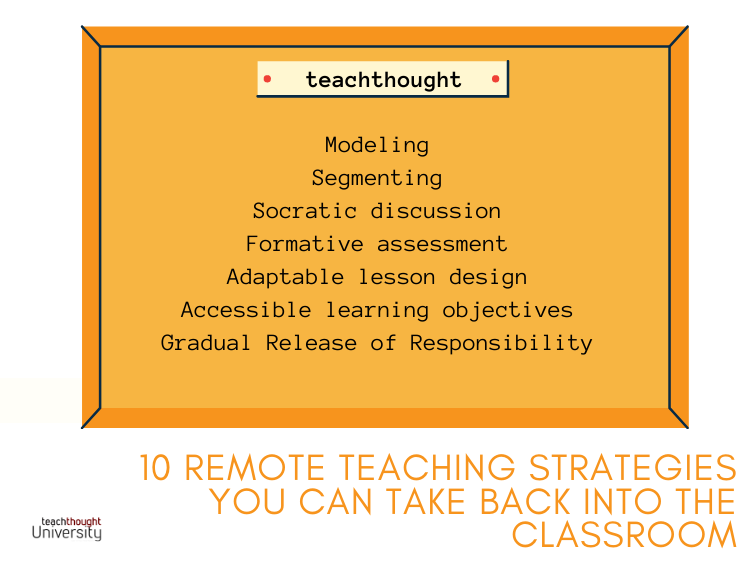
In a physical classroom, the beginning, middle, and end play important roles but with more flexibility and opportunities for collaboration.

Evidence-led innovation by definition excludes fundamental innovation because it means only building what past evidence said would work.
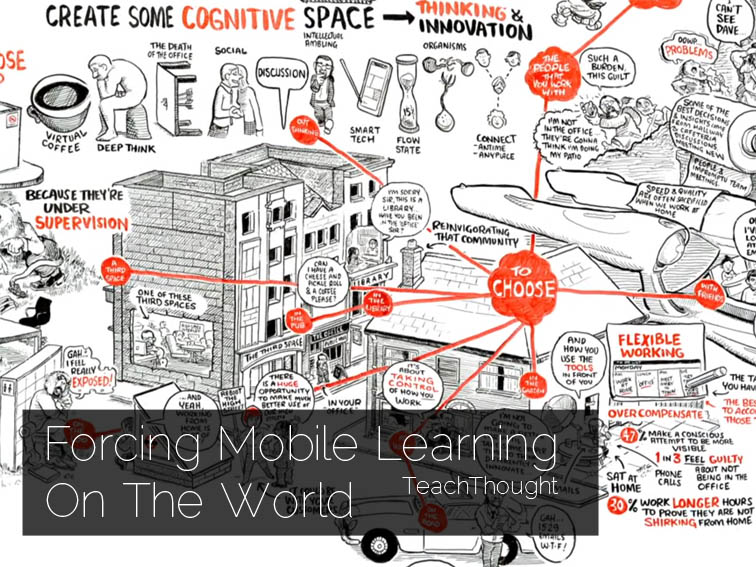
In education, we tend to think of mobile learning as learning in classrooms with tablets and smartphones. But that’s only part of it.
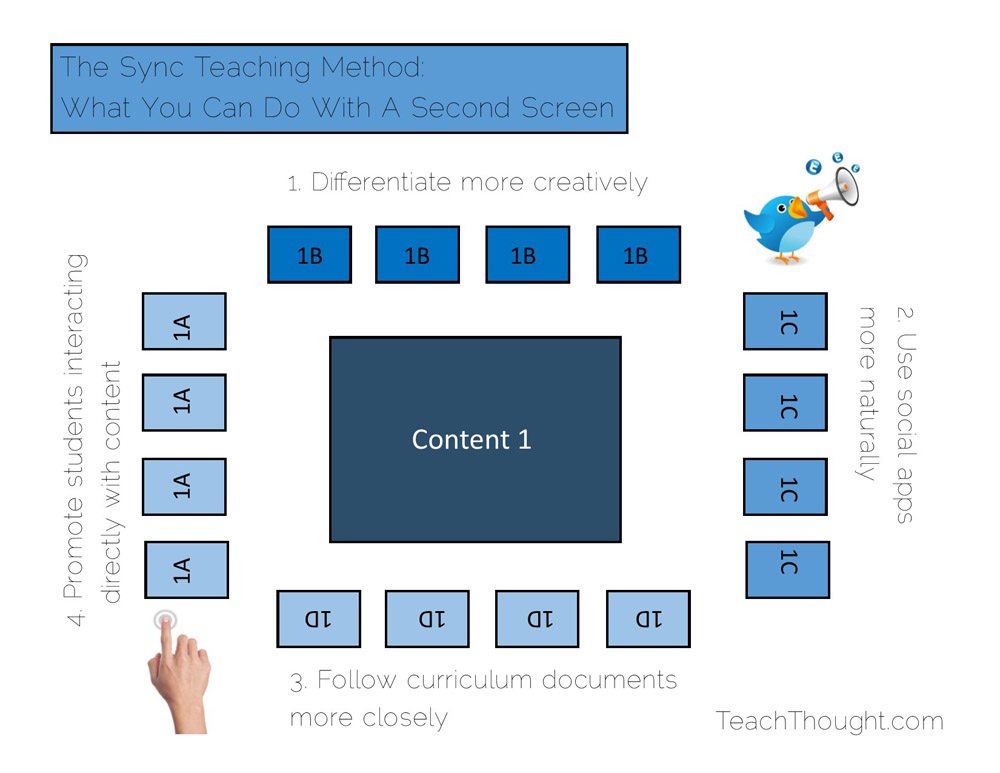
Second screen learning provides access to personalized content while the teacher guides the lesson. This is the Sync Teaching Method.

At the most basic level, these could be thumbs up/thumbs sideways/thumbs down. They could also be question marks and exclamation points.
Whether students are working on a laptop or desktop, it’s important to have a designated space for learning for them to complete schoolwork.
Social media has emerged as a kind of standard for connecting with and staying in touch with friends, family, coaches, and more.
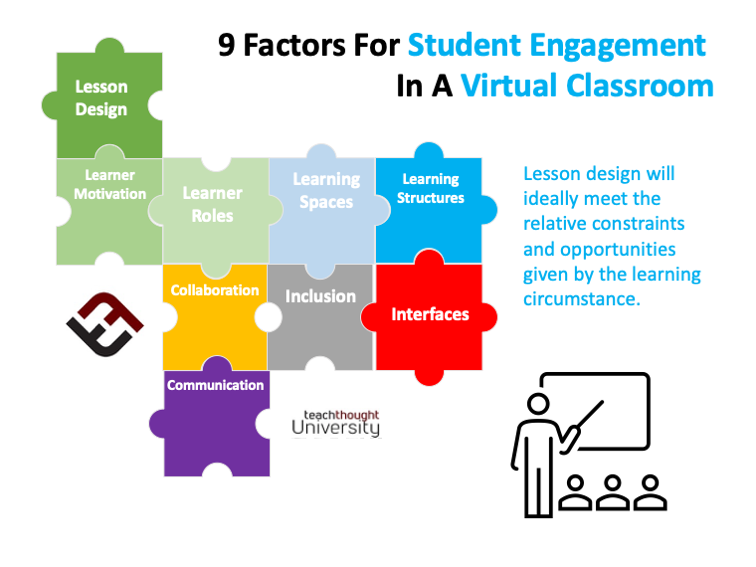
Principles of student engagement in a virtual classroom include learning spaces, lesson design, and equitable access.

Most of us are constantly being bombarded by digital distractions. The good news is that we can keep them from hindering our concentration.
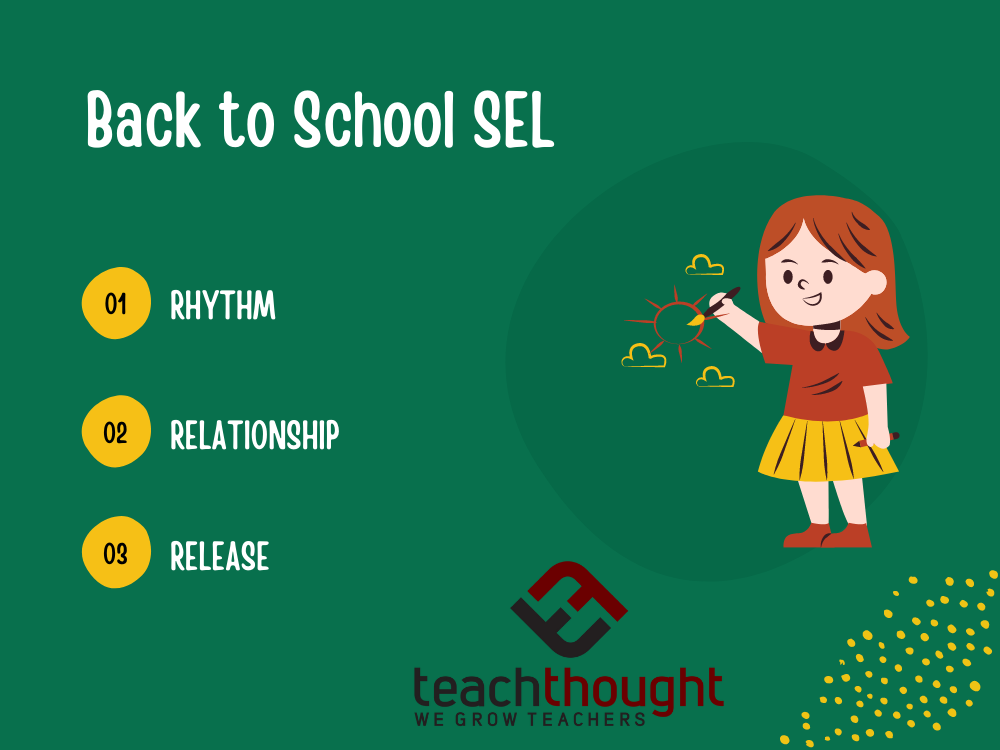
Consistent routines, rituals, and structures help children feel safe. Here are three strategies for promoting back to school SEL.
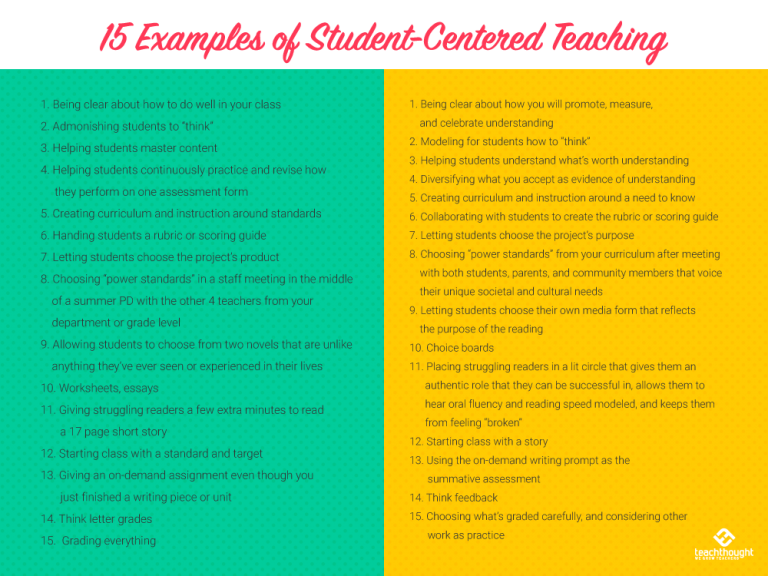
Student-centered teaching is simply the process of teaching with student needs ‘first.’ Here are 15 examples of student-centered teaching.
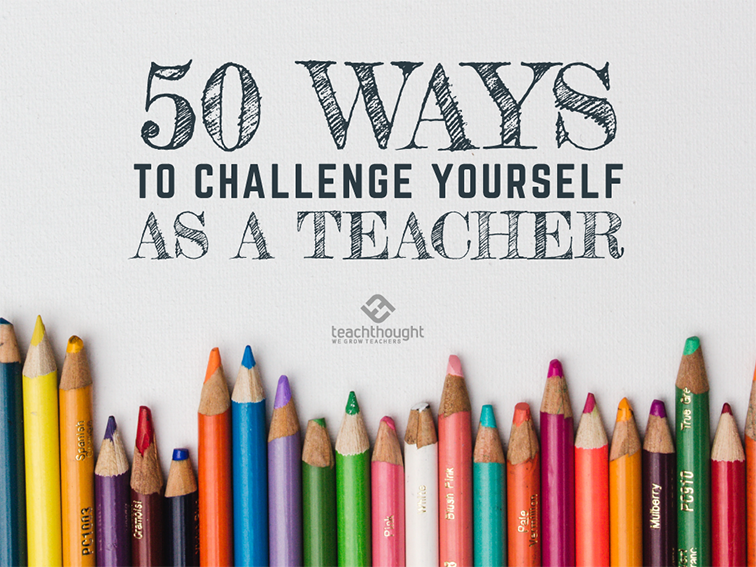
If for some reason you don’t already find teaching challenging enough, here are 50 (more) ways to challenge yourself as a teacher.